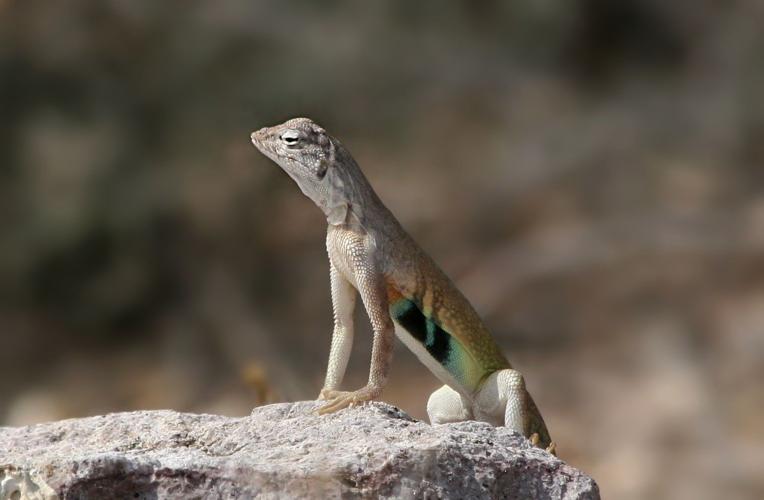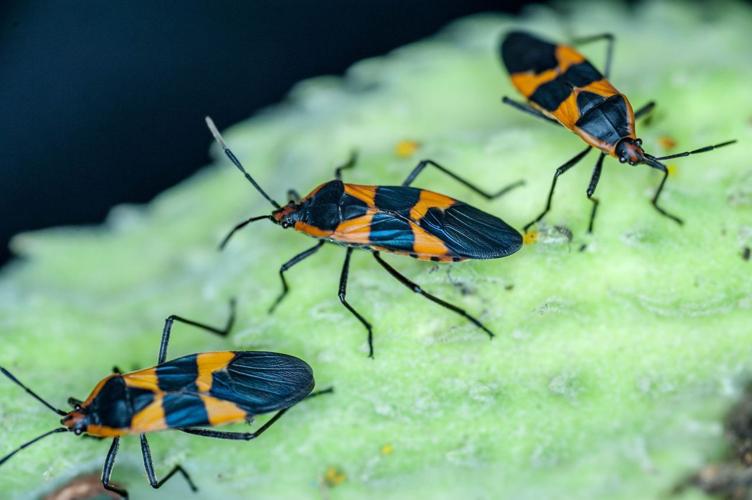Question: We have lived in Green Valley in a well-established subdivision for about 10 years. Initially we had an occasional lizard, but for the past two years we have in increasing number, which range from small to large (these are not the Gila monsters). The small ones are a real nuisance as they get under the screen doors and into the house. Is there any way to trap and relocate the lizards? My dog doesn’t seem to bother them.
Answer: I am afraid that lizards are just part of living in the desert. Even if you trap and relocate them, others would likely replace them. I expect they are making homes in your area because there is food and shelter nearby. And let’s also not forget that relocating wildlife, lizards or rodents for example, outside your property isn’t legal without a license from Arizona Game & Fish. There are businesses that can do this for you and they are listed on the azgfd.com website. Probably the best thing you can do is make sure your house is well sealed with door sweeps and any other holes protected with fine mesh hardware cloth. You might also consider the benefits of lizards. They are great predators of insects that might otherwise be bothering you and your plants.
Q: I had to cut limbs off of my organ pipe cactus and another tubular cactus because they were blocking the sidewalk to my house. Can I transplant those limbs? Hate to throw them away.
A: The short answer is yes. My retired colleague, Jack Kelly, described the steps this way. First, in case you didn’t already, you should make sure the cut you made to remove the cutting from the parent plant was with a sharp knife so the parent plant will have an easier time sealing the wound. Cutting at a 45 degree angle will protect the parent plant by reducing the chance of water collecting in the wounded area. Square off the base of the cutting, dust with sulfur and/or rooting compounds and let air dry for up to several months until the cut is callused over to prevent rot. Most cactus species are propagated during August through October when nighttime temperatures are 60 degrees or above and soil temperatures are warm and conducive to rooting. After the callus has formed, fill a container with 50 percent pumice or perlite and 50 percent peat or compost. Cuttings should be placed deeply enough in the container so the cuttings will not fall over. Irrigate the cuttings when the soil is slightly damp, and keep them in a bright area. Light levels are important. The dappled shade of a tree will often provide a great location for rooting to occur. With most species, rooting should occur within 4 to 6 weeks in summer. For some species such as organ pipe cactus (Stenocereus thurberi), rooting may take several months. Once the cuttings are rooted, the growing tip will show signs of new growth. At this time the cuttings will become “plump,” indicating that roots have formed and that water and nutrient uptake has occurred. Cuttings may be grown in 1 or 2 gallon containers for up to a year without requiring transplanting.
Q: I planted milkweed last year in order to attract monarchs to my yard. This year I had a bunch of caterpillars, then I found milkweed assassin bugs. I have not seen any caterpillars since. My question is, are the assassin bugs harmful to the monarchs? I read they are beneficial, but they do kill caterpillars. Nothing I can find says they are bad for monarchs, but I’m thinking they are. Please let me know what I should do.
A: There is a common bug found on milkweed that resembles the assassin bug and feeds only on the plants. The species you are seeing is the large milkweed bug (Oncopeltus fasciatus) as opposed to the small milkweed bug that may also be found. I am seeing them on my milkweed now and the caterpillars that were on my plants just finished pupating. I saw an adult butterfly emerging this weekend. So I would bet the life cycles of these insects are giving you the impression there is cause and effect when there is none.







